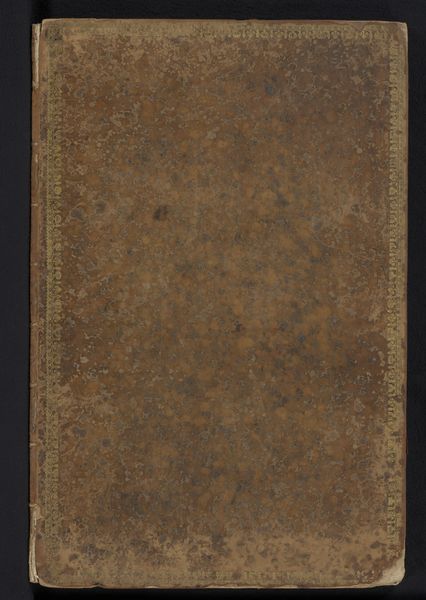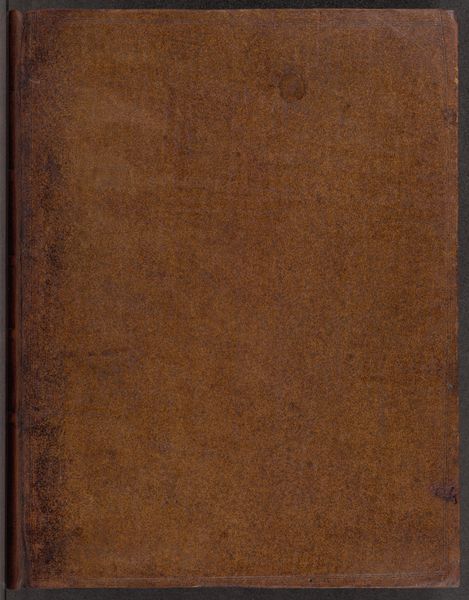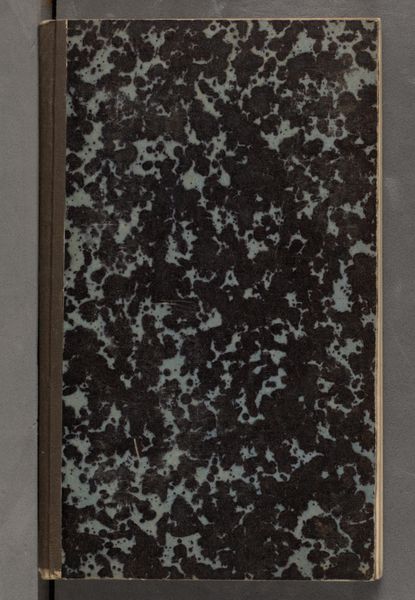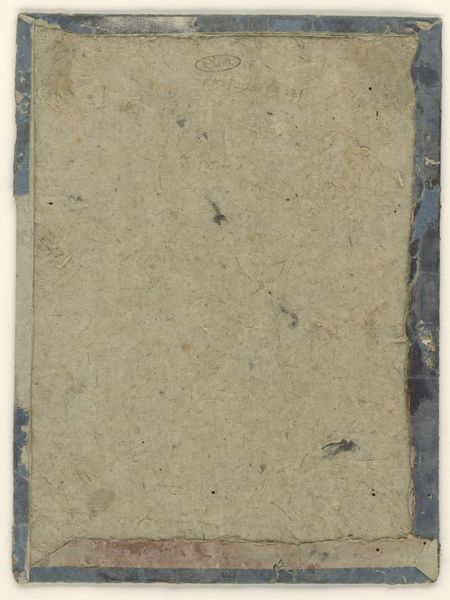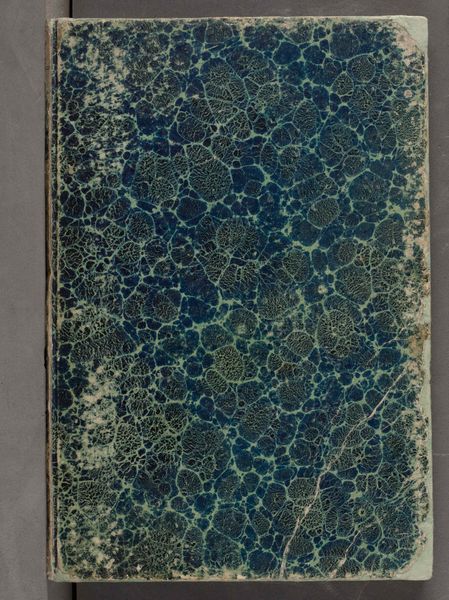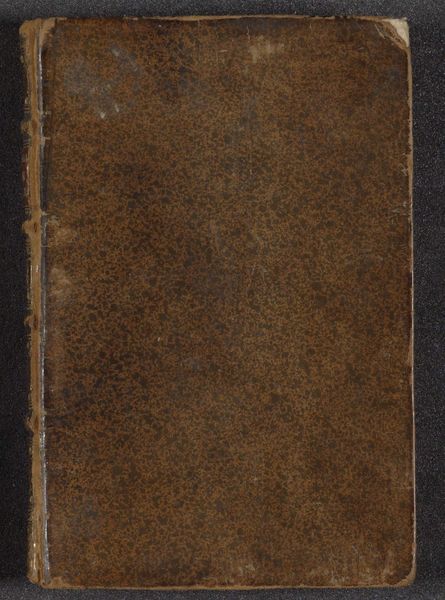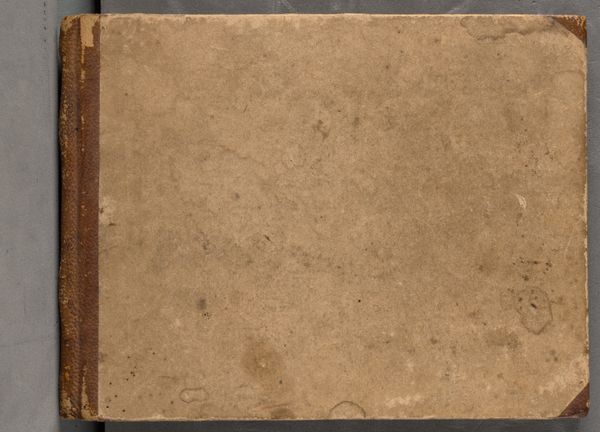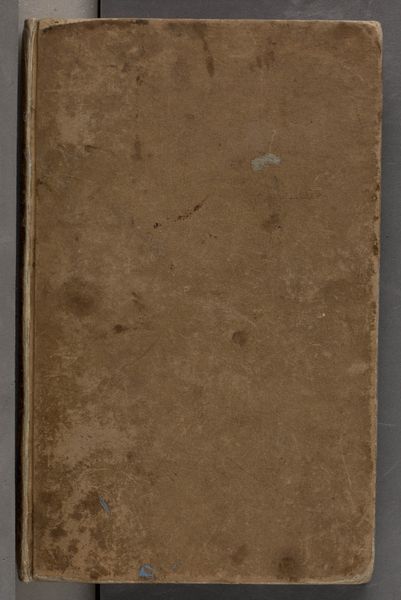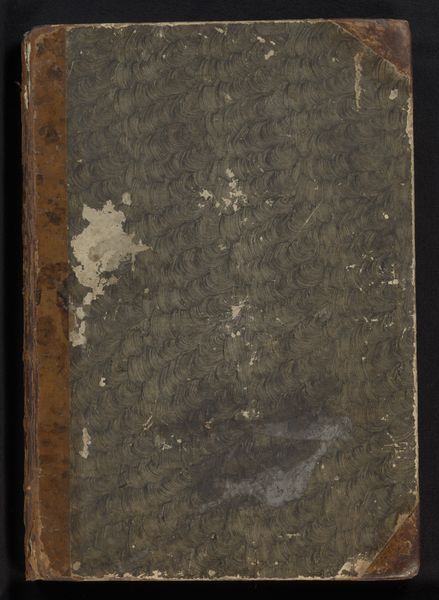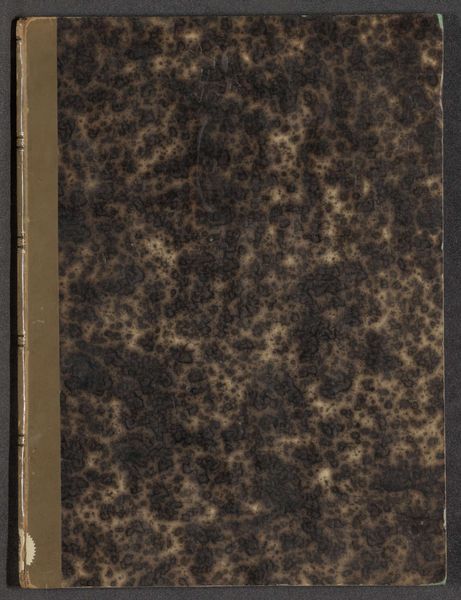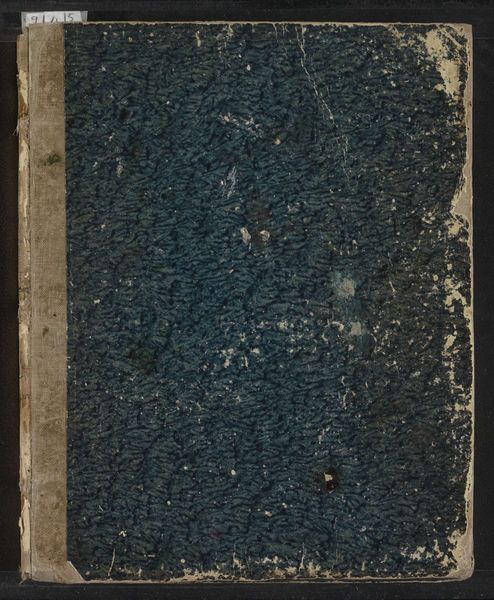
Album met 26 ingeplakte prenten naar Italiaanse kunstenaars uit de zestiende eeuw 1781 - 1809
0:00
0:00
drawing, mixed-media, print, paper
#
drawing
#
mixed-media
# print
#
paper
#
italian-renaissance
#
mixed media
#
watercolor
Dimensions: height 500 mm, width 350 mm, thickness 10 mm
Copyright: Rijks Museum: Open Domain
Curator: This is "Album met 26 ingeplakte prenten naar Italiaanse kunstenaars uit de zestiende eeuw" by John B. Skippe, likely compiled between 1781 and 1809. It's a mixed media work primarily composed of drawings and prints on paper, potentially incorporating watercolor too. Editor: It’s quite striking! The marbling on the cover is almost melancholic. That deep, mottled blue evokes a stormy sky. There is a textured paper that might represent water almost as if foreboding something somber. Curator: Interesting you mention that because albums like these weren't just collections. They were powerful statements about taste and erudition. In the late 18th century, the ability to curate and interpret Italian Renaissance art signalled one’s elite status. This specific choice reflects, perhaps, a nuanced engagement with the visual and social language of the era, filtered through the artist’s own time. Editor: Absolutely, the texture contrasts with the flat spine which draws the eye across the plane. This interplay of tones seems very carefully executed. It shows a sophistication, and is, as you said, very much controlled. What I find striking is that a modern artist would focus less on such stringent arrangements. Curator: And think about who these “Italian artists” were from the 1500s. We have titans like Leonardo, Michelangelo, Raphael... their visions became codified through a long lineage. It becomes a commentary not only on authorship but also on the reproduction of meaning, as we look at imitations of the artwork. How are these works used and, sometimes, manipulated to mean? Editor: That leads me back to that central surface and that color again because it hints at a dark interior. And because it also, as we know, frames smaller works from other artists, it serves as its own commentary on what came before, too. There’s an echo chamber element to its shape. Curator: Exactly! The album operates as both a container and a filter, impacting how those Renaissance masters would later be understood and appropriated within ever-shifting historical landscapes. Who has access and, again, whose Renaissance are we actually seeing. Editor: It's fascinating to think about this as more than a bound collection of images. Instead, we begin to see the commentary layered into it from the choice of texture to its binding. Curator: Precisely. Albums become active participants in the ongoing discourse about artistic influence and interpretation. Editor: Definitely shifts the way you might traditionally perceive the art inside the book, doesn't it? Thank you for highlighting that for me today.
Comments
No comments
Be the first to comment and join the conversation on the ultimate creative platform.
